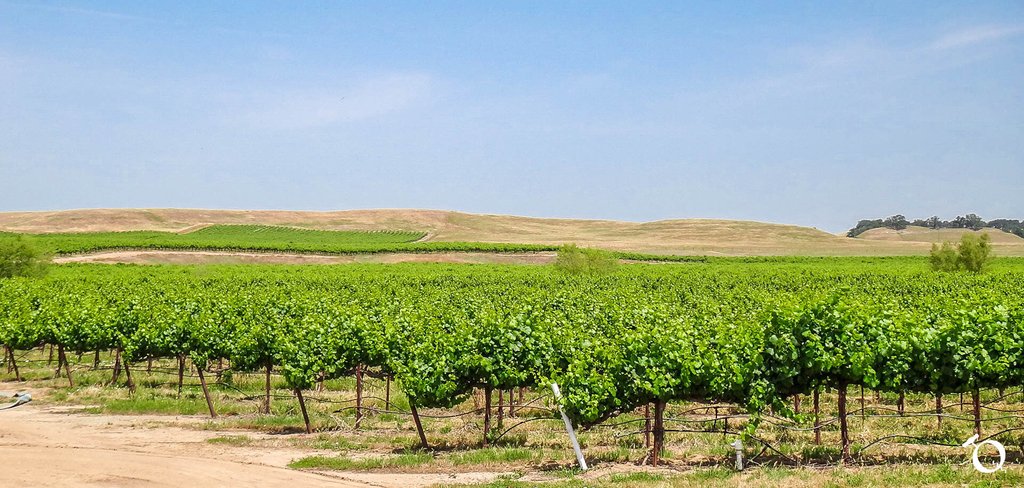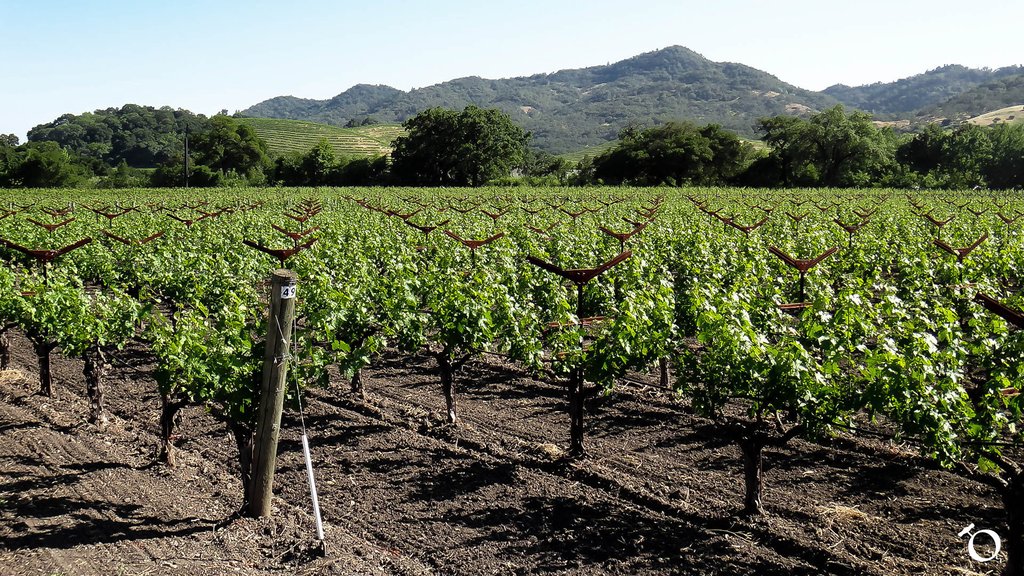The San Antonio Valley received its designation as an AVA in 2006. The San Antonio Valley is located in Monterey County and is bordered to the west by the Santa Lucia Mountains.
Unlike many of the wine regions in the United States, there is a long history of viticulture in the San Antonio Valley. It was home to the Mission San Antonio de Padua that was founded in 1771 by Father Junipero Serra. Franciscan Missions in Alta California could not rely on supplies from Spain and were required to be self-sufficient. This meant making flour for bread and grapes for wine. The Mission is still in operation as a parish church and visitors can see the original wine pressing vats and wine cellar.
The valley is located in the southern part of Monterey County and is located between the Santa Lucia Mountains near the Salinas Valley and includes San Antonio Lake and Fort Hunter Liggett Military Reservation. The terrain contains gently rolling hills which form a basin or bowl shape.
The climate is typically warm and dry but benefits from the cooling breezes of nearby Lake San Antonio and the Pacific Ocean. The region averages approximately 3,000 GDD on the Winkler Index indicating that it is the prime climate for Bordeaux and Rhone varietals. The cool marine air that is so common for Monterey County is mostly absent. The region tends to be hotter and drier during the growing season but cooler during the spring and autumn.
Soil composition is also unique in San Antonio Valley. Nearby Hames Valley is primarily composed of soils from the Lockwood series that are alluvial fans and terraces of siliceous shale. San Antonio Valley has a more varied soil profile with 40 different types being represented. The soil is primarily gravelly loam and clay that are mostly alluvial but with more gravel, sand and clays in the mix.
The region is known for its production of Bordeaux and Rhone varietals but is becoming home to Spanish and Portuguese grapes as well. You can find Albarino, Barbera, Cabernet Franc, Cabernet Sauvignon, Chardonnay, Dolcetto, Grenache, Malbec, Marsanne, Merlot, Mourvedre, Petit Verdot, Petite Sirah, Pinot Grigio, Primativo, Roussanne, Sangiovese, Syrah, Tempranillo, Tinta Cao, Tinta Roriz, Touriga Francesca, Touriga Nacional, Zinfandel being produced in San Antonio Valley.


















